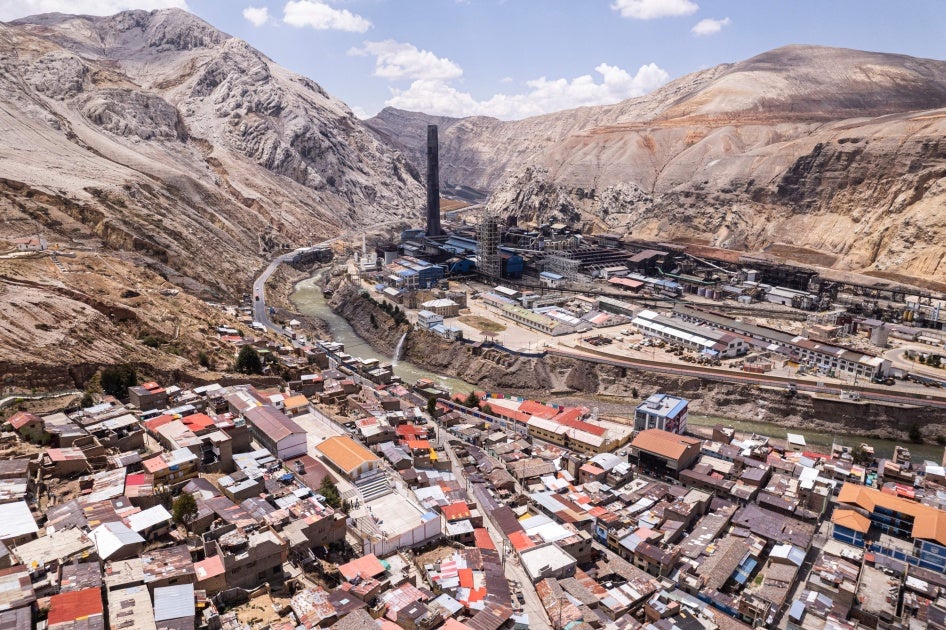Last month, the Inter-American Court of Human Rights found the Peruvian government responsible for violating the right to a healthy environment, among other rights, of residents of La Oroya, a town exposed to toxic pollution from a mine and smelter complex, the first ruling of its kind before the Court. The town is so polluted that one study by Peru’s Ministry of Health in 2005 found that 99.9 percent of children under six years old who were tested had high lead levels in their blood.
The families who initiated the case included 80 residents, 57 of which were children, who had been exposed to extreme levels of toxic lead and other metals. The court found that the government was responsible for allowing serious health harms caused by mining and smelting, particularly in children, and the deaths of two residents, one of whom was 17 years old. It also found that the affected families did not receive adequate health care and ruled that the government had failed to investigate harassment and threats against victims who had publicly denounced the contamination.
The court ordered Peru to provide free health care for victims; pay compensation for the harms they experienced; assess and clean up the contaminated areas; and continue to monitor air, ground, and water quality, among other measures.
In its ruling, the court referred to general guidance issued by the United Nations Committee on the Rights of the Child last year, particularly on the rights of children affected by environmental crises.
Unfortunately, the dire health impacts faced by people in La Oroya are not unique. In Kabwe, Zambia, a former lead and zinc mine has left a similarly toxic legacy, and nearby residents continue to suffer disastrous health complications from lead exposure. A Human Rights Watch investigation exposed the harmful impacts of lead contamination on children’s rights to health, information, and education. The UN Special Rapporteur on human rights and the environment has described both La Oroya and Kabwe as “sacrifice zones”: areas that are among the most polluted and hazardous on earth, leading to a systematic violation of human rights.
Peru, where illegal mining is widespread and where there is a high rate of conflicts between communities and mining companies over alleged pollution, should not only comply with this ruling, but also better protect the right to a healthy environment throughout the country.
Ahead of Earth Day next week, this ruling should serve as a warning to governments of other such pollution hotspots where progress continues to stall. All governments should view it as a signal of the increasing global urgency, now reflected in international law, of preventing the “ongoing toxification” of people and the planet.







